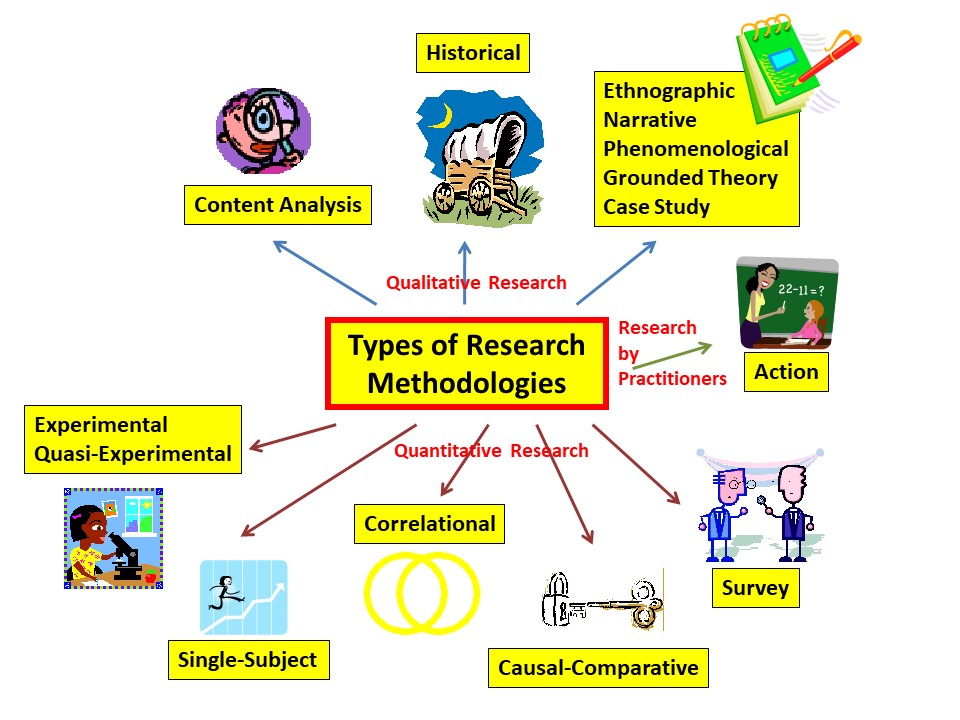Table Of Content

The control group tells us what would have happened to your test subjects without any experimental intervention. First, you may need to decide how widely to vary your independent variable. Experimental research is often the final form of a study conducted in the research process which is considered to provide conclusive and specific results. It involves a lot of resources, time, and money and is not easy to conduct, unless a foundation of research is built. Yet it is widely used in research institutes and commercial industries, for its most conclusive results in the scientific approach.
Enago Academy's Most Popular Articles
A statistical-experimental study to investigate the optimal parameters of fibres made from waste PET bottles for ... - ScienceDirect.com
A statistical-experimental study to investigate the optimal parameters of fibres made from waste PET bottles for ....
Posted: Mon, 18 Mar 2024 16:13:24 GMT [source]
You could refer to the list as a checklist of what to avoid while designing your research. Here we predict that increasing temperature will increase soil respiration and decrease soil moisture, while decreasing soil moisture will lead to decreased soil respiration. This type of experimental research is commonly observed in the physical sciences. This website is using a security service to protect itself from online attacks.
Step 2: Write your hypothesis
An experimental research design helps researchers execute their research objectives with more clarity and transparency. The terms “prospective” versus “retrospective” studies can be confusing. To him/her, the process of enrolling cases and controls over a period of several months appears prospective. Or, at the very least, one must be clear that the terms relate to work flow for each individual study participant, and not to the study as a whole. There are some terms that are used frequently while classifying study designs which are described in the following sections.
Psychology Research Jargon You Should Know - Verywell Mind
Psychology Research Jargon You Should Know.
Posted: Thu, 23 Nov 2023 08:00:00 GMT [source]
Research Limitations
It can be difficult to separate the true effect of the independent variable from the effect of the confounding variable. Experimental designs are a set of procedures that you plan in order to examine the relationship between variables that interest you. How precisely you measure your dependent variable also affects the kinds of statistical analysis you can use on your data. How you manipulate the independent variable can affect the experiment’s external validity – that is, the extent to which the results can be generalised and applied to the broader world.
How you apply your experimental treatments to your test subjects is crucial for obtaining valid and reliable results. To translate your research question into an experimental hypothesis, you need to define the main variables and make predictions about how they are related. By creating a research design, a researcher is also giving oneself time to organize the research, set up relevant boundaries for the study, and increase the reliability of the results. If any part of the research design is flawed, it will reflect on the quality of the results derived. Some variables, like temperature, can be objectively measured with scientific instruments.
Randomisation
Observational studies are those where the researcher is documenting a naturally occurring relationship between the exposure and the outcome that he/she is studying. The researcher does not do any active intervention in any individual, and the exposure has already been decided naturally or by some other factor. For example, looking at the incidence of lung cancer in smokers versus nonsmokers, or comparing the antenatal dietary habits of mothers with normal and low-birth babies. In these studies, the investigator did not play any role in determining the smoking or dietary habit in individuals.

In a within-subjects design, each participant experiences all conditions, and researchers test the same participants repeatedly for differences between conditions. In a between-subjects design, every participant experiences only one condition, and researchers assess group differences between participants in various conditions. A confounding variable is related to both the supposed cause and the supposed effect of the study.
Types of Experimental Research Designs
Based on the direction of inquiry, study designs may be classified as forward-direction or backward-direction. In forward-direction studies, the researcher starts with determining the exposure to a risk factor and then assesses whether the outcome occurs at a future time point. For example, a researcher can follow a group of smokers and a group of nonsmokers to determine the incidence of lung cancer in each. For example, a researcher identifies a group of normal-weight babies and a group of low-birth weight babies and then asks the mothers about their dietary habits during the index pregnancy.

Experimental research design is a framework of protocols and procedures created to conduct experimental research with a scientific approach using two sets of variables. Herein, the first set of variables acts as a constant, used to measure the differences of the second set. The best example of experimental research methods is quantitative research.
There are several actions that could trigger this block including submitting a certain word or phrase, a SQL command or malformed data.
An experimental design where treatments aren’t randomly assigned is called a quasi-experimental design. These are pre-experimental research design, true experimental research design, and quasi experimental research design. Interventional studies are experiments where the researcher actively performs an intervention in some or all members of a group of participants. This intervention could take many forms – for example, administration of a drug or vaccine, performance of a diagnostic or therapeutic procedure, and introduction of an educational tool. For example, a study could randomly assign persons to receive aspirin or placebo for a specific duration and assess the effect on the risk of developing cerebrovascular events. The key difference between observational studies and experiments is that, done correctly, an observational study will never influence the responses or behaviours of participants.
No comments:
Post a Comment